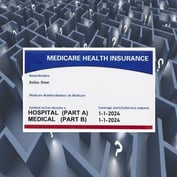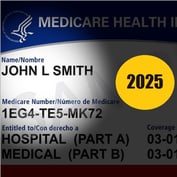U.S. health insurers ended 2015 with a thinner financial cushion than they had at the end of 2011, and paying the Affordable Care Act health insurer fees could make the cushion even thinner.
Analysts at an arm of the Kansas City, Missouri-based National Association of Insurance Commissioners, a group for state insurance regulators, have presented data showing the effects of the Affordable Care Act insurer fee on health insurer solvency in a new table.
The analysts prepared the table for the NAIC’s Health Risk-Based Capital Working Group.
Drafters of the Affordable Care Act imposed the insurer fee on insurers partly to help pay for the cost of ACA programs, and partly because of a sense that the ACA individual coverage mandate and ACA employer coverage mandate would lead to rapid growth in revenue, and profits, for commercial health insurers.
Insurers were supposed to pay $8 billion for 2014, $11.3 billion for 2015, $11.3 billion for 2016, $13.9 billion for 2017, and $14.3 billion for 2018. Congress has zeroed out the fee requirement for 2017 but left the fee payment requirements for other years in place.
Related: Tax deal could block health insurer ‘fee’ in 2017
The ACA also imposes other fees on insurers and provides other payment programs.
When regulators are looking at an insurer’s risk-based capital ratio, which is a key indicator of how able the insurer may be to make good on its obligations, they adjust, or mark down, the value of the bonds, stocks and other assets an insurer holds to reflect the estimated riskiness of each type of asset.
The new NAIC table shows that, altogether, before taking the ACA fees into account, 897 U.S. health insurers reported having about $118 billion in 2015 adjusted capital, based on the data available July 19.








 September 12, 2016 at 01:14 PM
September 12, 2016 at 01:14 PM










